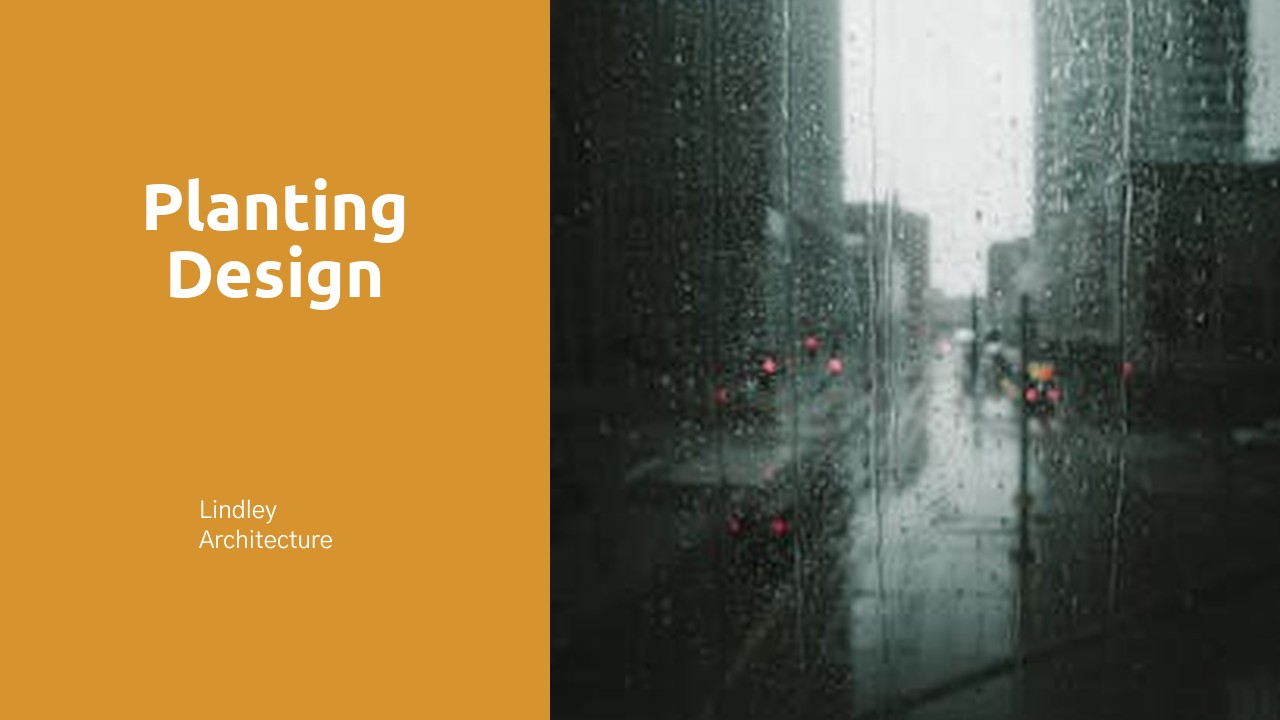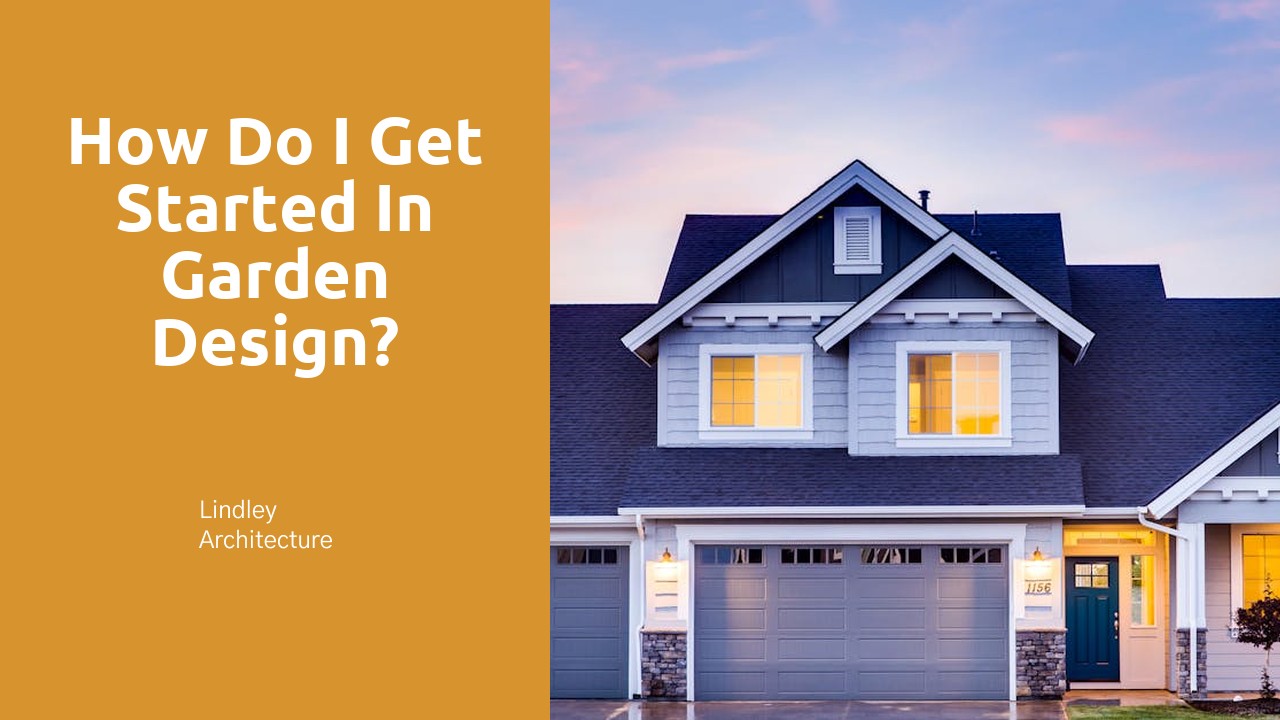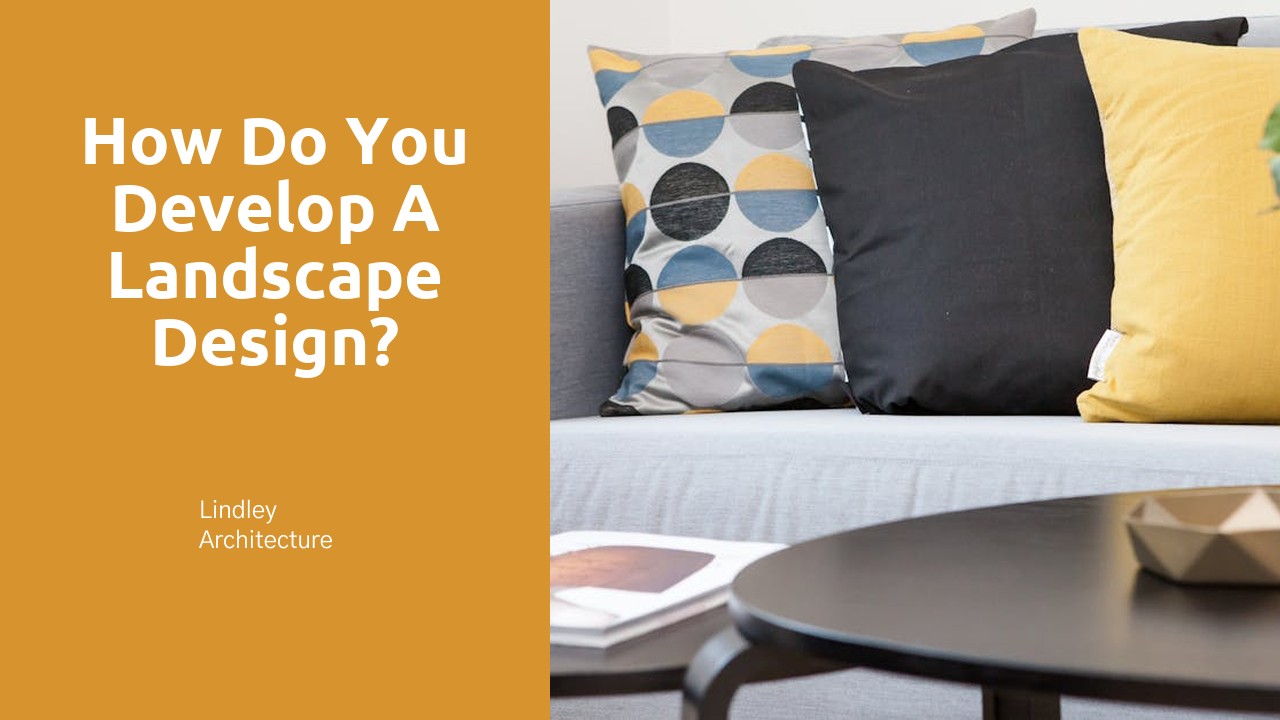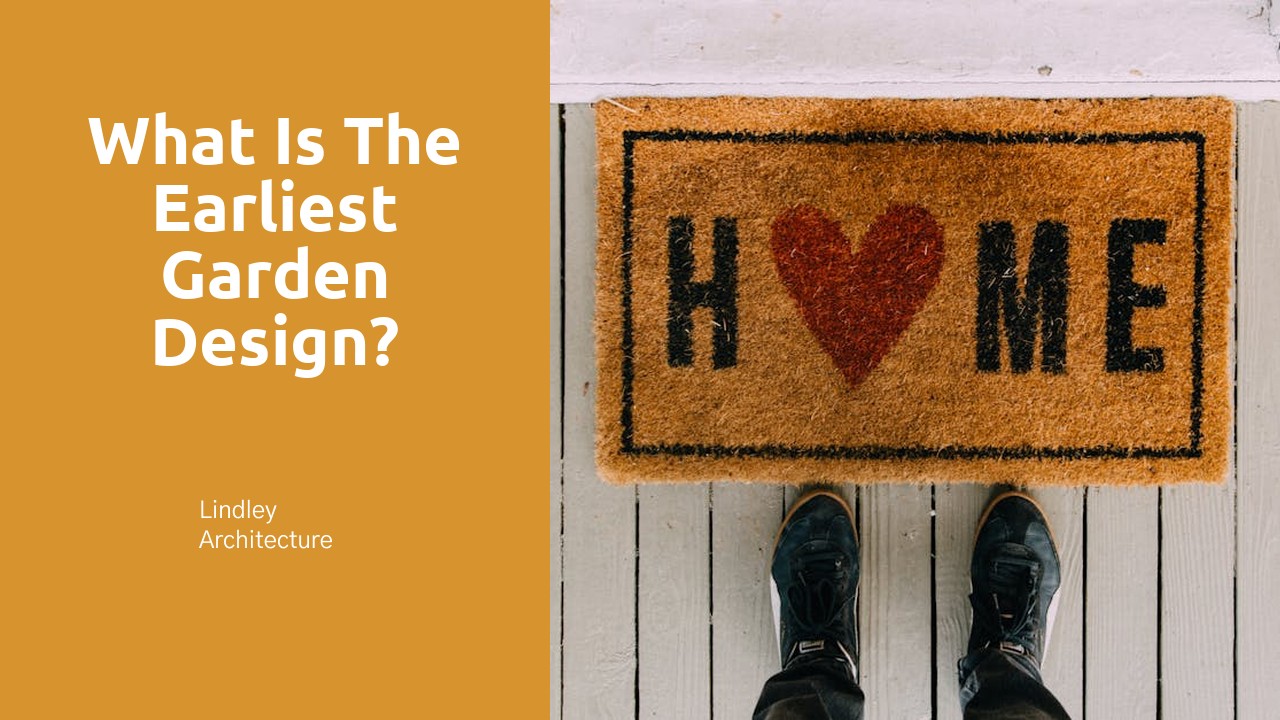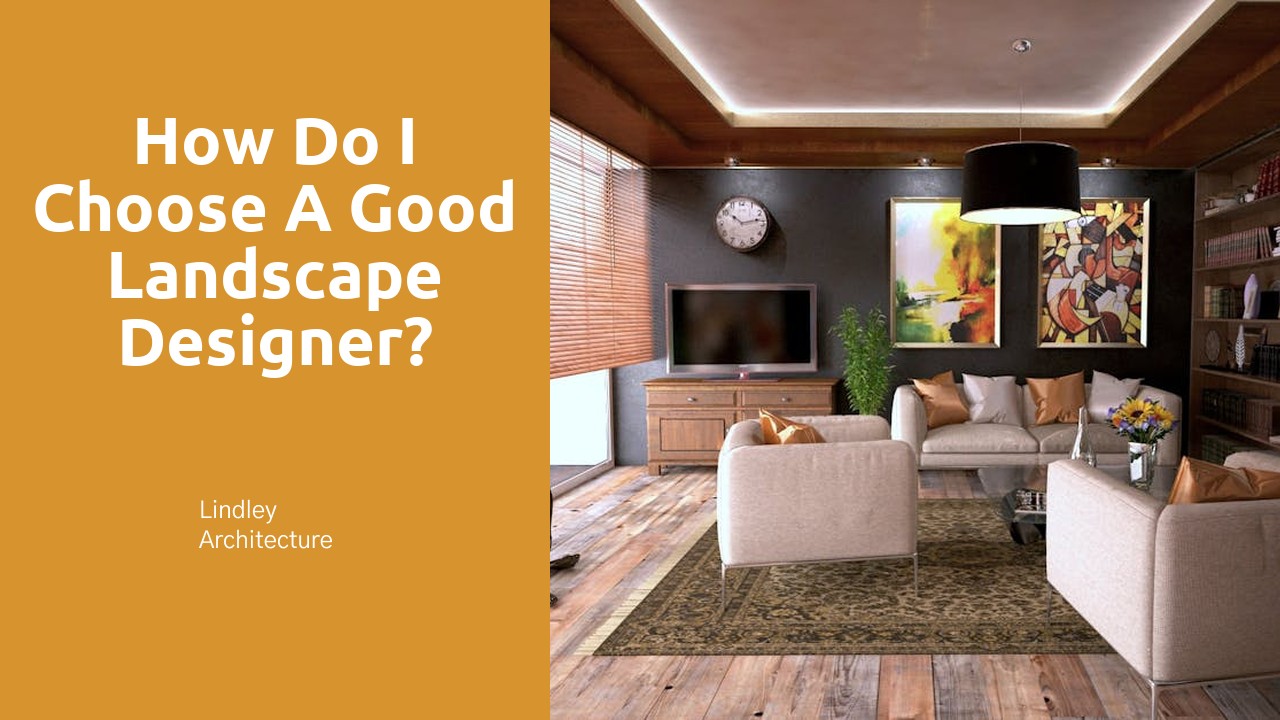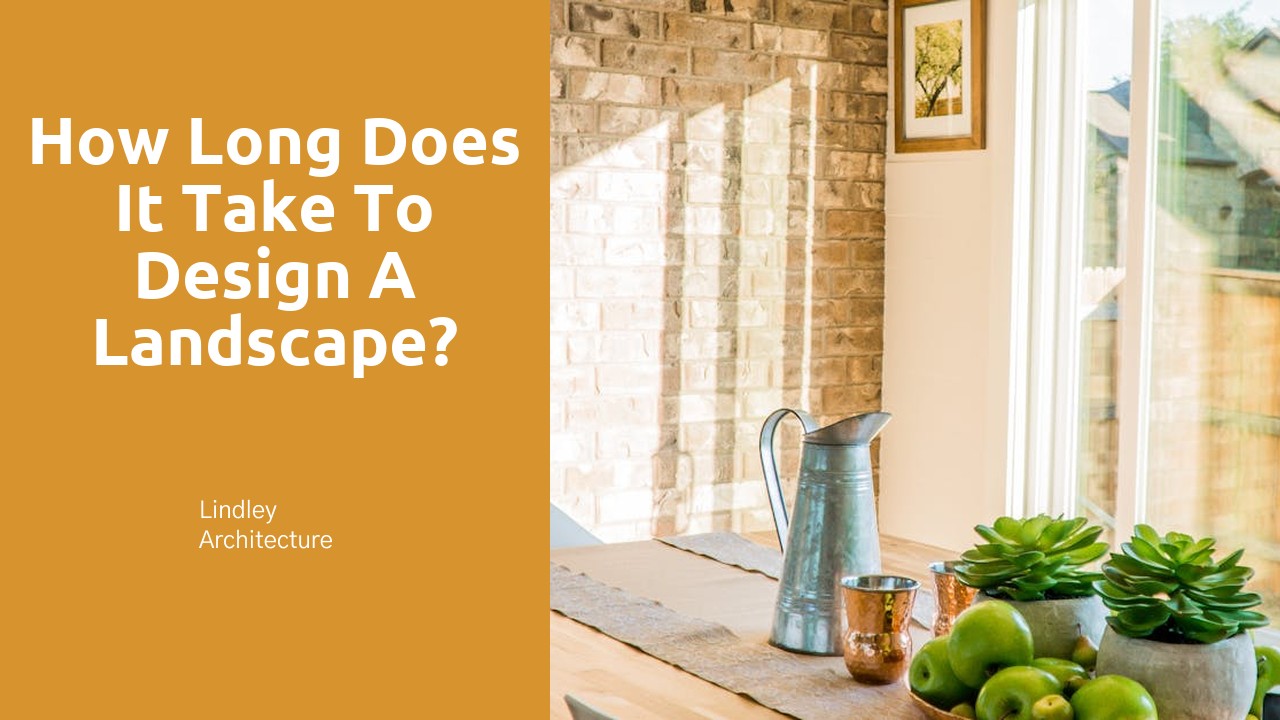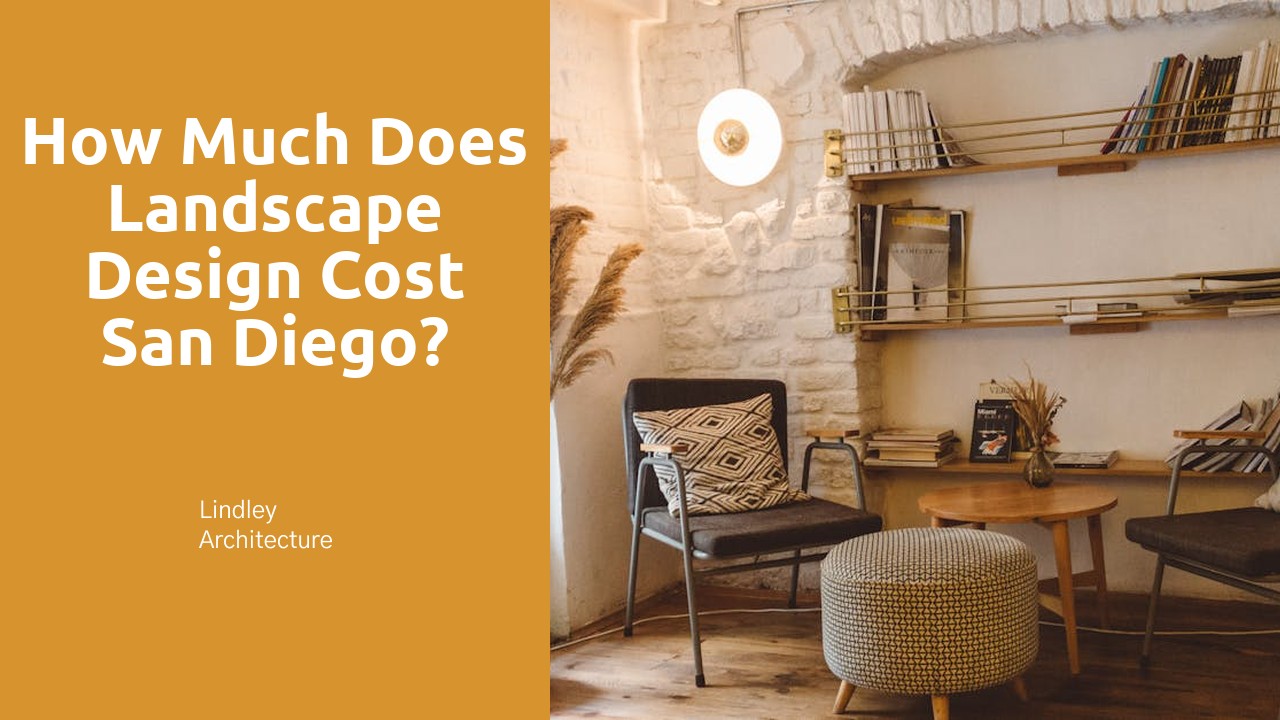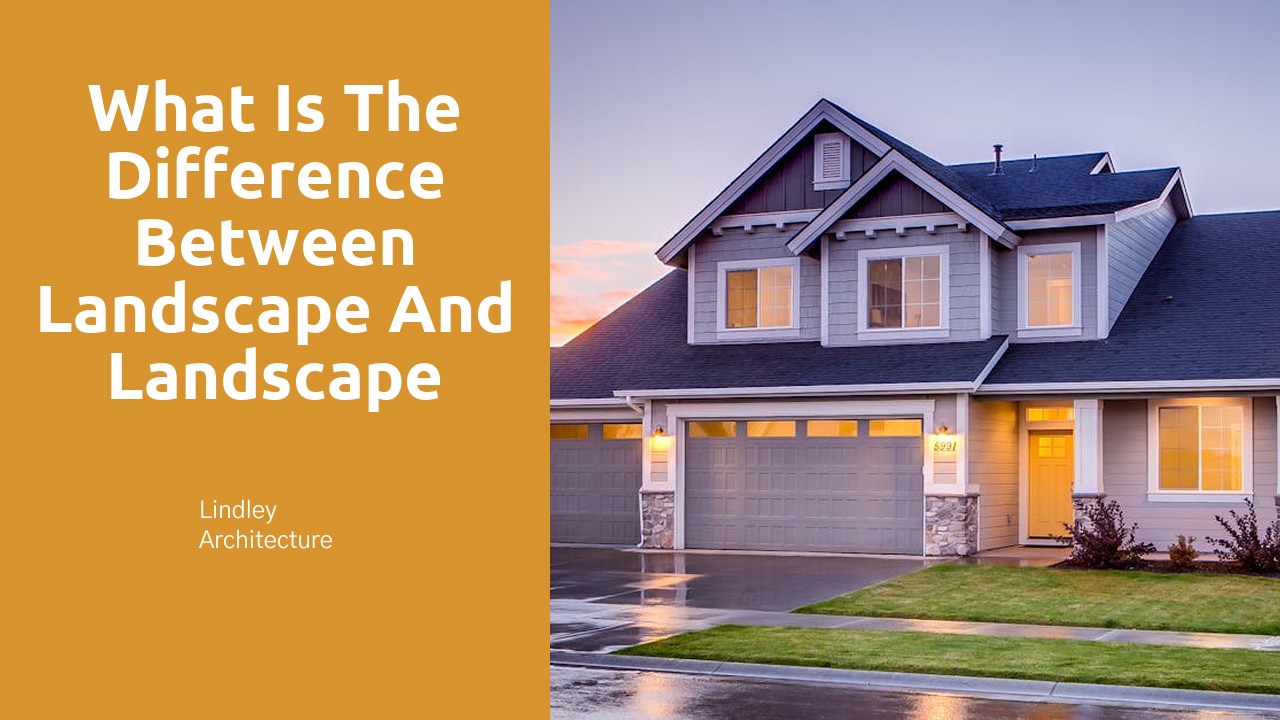
Table Of Contents
Importance of Landscape
Landscape consists of the natural features of an area, encompassing everything from the land itself to the living elements such as plants and wildlife. It is the foundation of our surroundings, providing a sense of place and contributing to the overall well-being of individuals and communities. The thoughtful design and maintenance of landscapes can create aesthetically pleasing environments, enhance property values, and improve the quality of life for inhabitants. Planting Design in Brampton, for instance, plays a crucial role in shaping the city's green spaces and public areas, fostering a sense of connection with nature.
Moreover, landscapes offer numerous environmental benefits, such as reducing soil erosion, enhancing air quality, and providing habitats for diverse plant and animal species. By preserving natural landscapes and incorporating sustainable practices into landscape management, we can mitigate the impacts of climate change and promote biodiversity. Recognizing the significance of landscapes in our urban and rural settings is essential for fostering a harmonious relationship between humans and the natural world. Planting Design in Brampton showcases how thoughtful landscape planning can contribute to the ecological resilience and beauty of a region.
Discussing the Environmental Benefits
When considering the environmental benefits of landscape and landscape design, it is important to recognize the crucial role they play in enhancing biodiversity and promoting sustainable ecosystems. In urban areas like Greater Sudbury, landscape design that incorporates native plant species not only helps in creating habitats for local wildlife but also contributes to the overall ecological balance of the region. By choosing the right plants and trees for a specific area, landscape design can help mitigate the impact of climate change through carbon sequestration and improved air quality.
Moreover, planting design in Greater Sudbury can also assist in reducing soil erosion and managing stormwater runoff effectively. Through thoughtful landscape planning and design, green spaces can be optimized to absorb excess rainwater, lessening the strain on drainage systems and decreasing the risk of flooding. By strategically implementing sustainable landscape practices, individuals and communities can foster a healthier environment that benefits both present and future generations.
Importance of Landscape Design
Importance of Landscape Design
Landscape design plays a crucial role in enhancing outdoor spaces and maximizing personal enjoyment. By strategically planning the layout of gardens, patios, walkways, and other outdoor features, landscape design creates functional and aesthetically pleasing environments for homeowners and visitors alike. Implementing elements such as trees, shrubs, flowers, and hardscape materials not only adds beauty to the surroundings but also improves the overall quality of life by providing spaces for relaxation, social gatherings, and recreational activities. Planting Design in Cambridge is a prime example of how thoughtful landscape design can transform urban spaces into green oases that benefit both residents and the environment.
Moreover, professional landscape services contribute to the sustainability and resilience of outdoor areas, as they are designed to mitigate environmental impacts and support local ecosystems. Through careful plant selection, water management strategies, and sustainable construction practices, landscape design professionals can create outdoor environments that are not only visually appealing but also environmentally friendly. By considering factors such as soil health, biodiversity, and water conservation, landscape architects can design outdoor spaces that are both functional and ecologically beneficial, promoting a harmonious relationship between humans and nature.
Enhancing Outdoor Spaces and Personal Enjoyment
One of the key aspects of landscape design is enhancing outdoor spaces to improve personal enjoyment and overall quality of life. By carefully planning the layout and elements in a backyard or garden, individuals can create a peaceful and aesthetically pleasing environment to relax or entertain guests. Incorporating features like patio areas, water features, and visually appealing plantings can transform an ordinary outdoor space into a beautiful oasis.
Planting design plays a crucial role in enhancing outdoor spaces, particularly in regions like Greater Sudbury where the climate can pose challenges for plant growth. Selecting native plants that are well-suited to the local conditions not only ensures a thriving landscape but also contributes to the sustainability of the environment. By working with a professional landscape designer familiar with the nuances of planting design in Greater Sudbury, homeowners can create outdoor spaces that are not only visually appealing but also sustainable and functional.
Professional Landscape Services
Professional landscape services encompass a wide range of offerings aimed at enhancing outdoor spaces and creating aesthetically pleasing environments. Whether it's residential gardens or commercial properties, these services play a crucial role in transforming landscapes into functional and visually appealing areas. In Chatham-Kent and other areas, landscape experts engage in various activities such as garden design, hardscaping, irrigation system installation, and maintenance to ensure that the outdoor space is not only beautiful but also sustainable.
One significant aspect of professional landscape services is the expertise provided by landscape architects. These professionals are trained to integrate art and science into the design process, focusing on elements such as spatial planning, sustainability, and aesthetic appeal. Through their expertise, they can create a harmonious balance between human needs and the natural environment, shaping landscapes that are both functional and visually pleasing. In Planting Design in Chatham-Kent, landscape architects play a pivotal role in ensuring that outdoor spaces are not only attractive but also sustainable and environmentally friendly.
Considering the Role of Landscape Architects
Landscape architects play a crucial role in designing and planning outdoor spaces, encompassing a harmonious blend of functionality and aesthetics. In the realm of landscaping, their expertise is instrumental in crafting outdoor environments that not only enhance the visual appeal but also contribute to the overall well-being of individuals. With their specialized knowledge and skills, landscape architects can transform open spaces into inviting areas that serve both practical and recreational purposes. Their attention to detail and strategic approach can be seen in projects ranging from small residential gardens to vast public parks, emphasizing the significance of their profession in shaping the world around us. Planting Design in Greater Sudbury benefits from the creative input and technical proficiency of landscape architects, who strive to create sustainable and visually captivating green spaces that resonate with the local community's needs and preferences. By incorporating elements such as native plants, water features, and innovative design concepts, these professionals elevate the quality of outdoor environments, fostering a deeper connection between people and nature.
FAQS
What is the difference between landscape and landscape design?
Landscape refers to the natural features of an area, including vegetation, landforms, water bodies, and climate. On the other hand, landscape design involves the deliberate planning and arrangement of these natural elements to create aesthetically pleasing and functional outdoor spaces.
Why is it important to understand the difference between landscape and landscape design?
Understanding the distinction between landscape and landscape design is essential as it helps individuals appreciate the complexities involved in designing outdoor spaces. It also encourages people to consider the environmental, aesthetic, and functional aspects of their surroundings.
How can landscape design contribute to enhancing outdoor spaces and personal enjoyment?
Landscape design plays a crucial role in transforming outdoor areas into beautiful and functional spaces that meet the needs and preferences of individuals. By incorporating elements such as plants, hardscapes, and outdoor furnishings, landscape design can enhance the aesthetic appeal and usability of a property.
What are some of the environmental benefits associated with landscape design?
Landscape design can have numerous environmental benefits, including improving air quality, reducing soil erosion, providing habitats for wildlife, and mitigating the effects of climate change. By incorporating sustainable practices into landscape design, individuals can contribute to environmental conservation and biodiversity preservation.
How do professional landscape services, including landscape architects, play a role in creating well-designed outdoor spaces?
Professional landscape services, such as those provided by landscape architects, offer expertise in planning, designing, and implementing outdoor spaces that are both visually appealing and functional. Landscape architects consider factors such as site conditions, client preferences, environmental impact, and budget constraints to create thoughtful and sustainable landscape designs.
